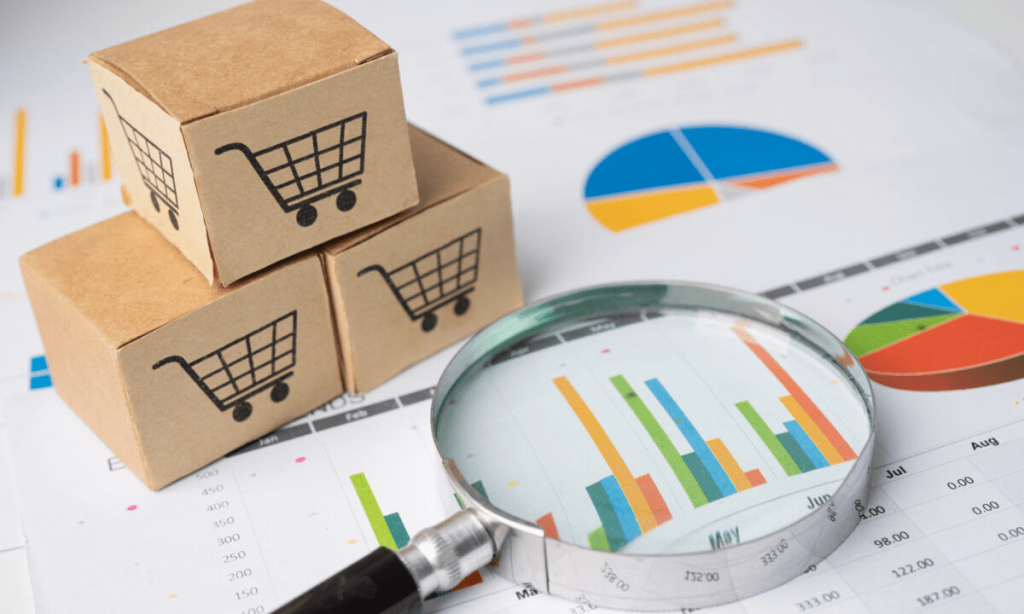
Introduction
In the post-pandemic era, traditional decision-making based on intuition no longer suffices. Companies use data analytics to understand shifting market trends, customer needs, and supply chain dynamics.
With accurate insights, organizations can make informed decisions about pricing, marketing, and resource allocation.
Tools such as predictive analytics and machine learning enable leaders to forecast demand, optimize inventory, and anticipate disruptions before they occur.
Adapting to Market Changes
As consumer behaviors evolve, data helps businesses stay aligned with their audiences. Retailers analyze digital footprints to personalize offers, while manufacturers use data to enhance production efficiency.
The integration of data-driven strategies across departments ensures consistent, measurable, and growth-focused outcomes.
By turning raw data into actionable intelligence, companies can respond swiftly to changes in market conditions.
The Future of Data-Driven Decision Making
Looking ahead, businesses will depend even more on data-driven insights to navigate uncertainty.
Advanced technologies like AI-powered analytics, real-time dashboards, and cloud computing will empower organizations to make smarter, faster decisions.
The post-pandemic world favors those who harness data not just for analysis but for continuous innovation and resilience. In essence, embracing data as the foundation for decision-making is no longer optional—it’s the key to sustainable success.
